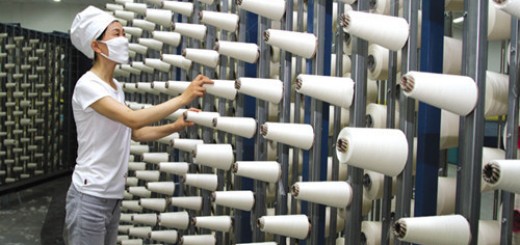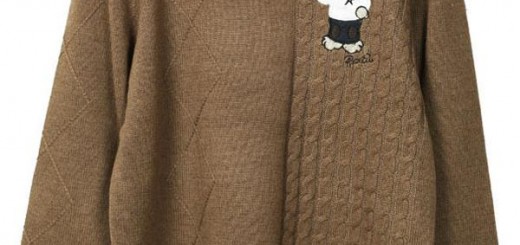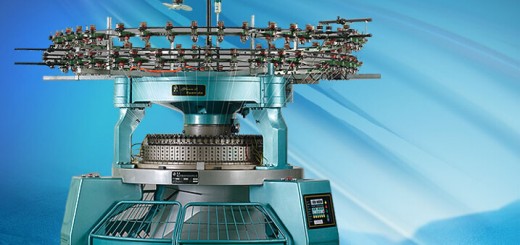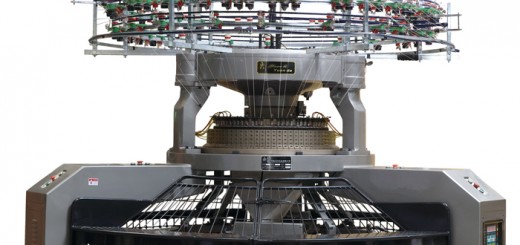In Taiwan machinery manufacturing industry, textile machinery manufacturing industry is second only plastics and rubber machinery industry, the most representative of the industry, has an extremely important role in the development of Taiwan’s textile industry cooperation. In recent years, Taiwan’s textile machinery manufacturing also with changes in the international market and continue to make adjustments, knitting machinery, auxiliary equipment, dyeing and finishing equipment, sewing equipment, several categories of products in the industry still maintained a leading technology, and has important position. Nearly 60% of the final value of Taiwan’s textile machinery for export, enough to see their industry in the international market competitiveness. To explore the Taiwan Textile manufacturing the latest development of the industry and the economic situation, the reporter during the China International Textile Machinery Exhibition ITMA Asia 2014, an exclusive interview with Taiwan Machinery Industry Association Secretary-General Wang Zhengqing.
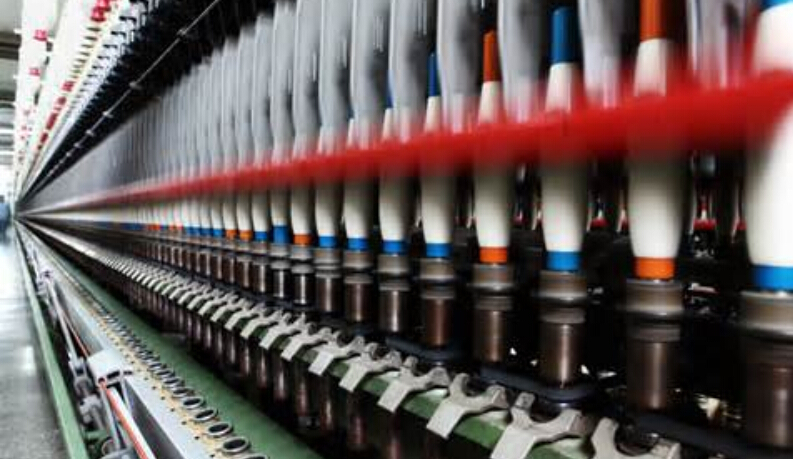
The High Cost of Labor: Driving demand for highly automated equipment
Today, the equipment manufacturing industry has entered the era of computer-controlled CNC mode, the application to a great extent on the robot instead of the labor force, and the device is easier to operate. Turning to the development of Taiwan’s textile industry, Wang said the future of textile and garment enterprises in the workshop will be this scene: a production line does not need to be in the middle of human connection and operation, but after the computer sorted by servo motor control the highly automated intelligent production. Trends highly intelligent one is to make the production more efficient and effective, but also by the growing labor cost pressures sake. In recent years, Taiwan’s birth rate has been at a low level, the relative lack of young labor force, about 50 million people in the labor market demand gap to rely on neighboring Thailand, the Filipino to meet. Also, because manufacturing jobs are relatively hard, willingness of young people to engage in the manufacturing industry in Taiwan is not high, and therefore the basis of this situation continues, the next few years, the status quo continued labor shortage will not be changed, but the labor market prices have may continue to rise. Textile production as labor-intensive industries, from manufacturing enterprises perspective, in order to reduce the rising cost of labor to bring pressure on the business, the future will tend to use more intelligent devices.
Emergence of New Textile Materials: Improve equipment performance requirements accordingly
From the pattern of development of textile machinery manufacturing industry worldwide look to Germany, Switzerland, Italy, represented by prominent European equipment technology advantages, leading the overall level of development. Mainland China’s textile machinery scale in production, import, consumption is the world’s largest textile machinery in Taiwan for many years has been the most important export market. As the textile industry in the development and application of new materials continues to expand, in the production and processing sectors appeared more and more new fibers and new fabrics, which is the appropriate processing equipment also produced a new demand, and made more high demand. For example, some with moisture, perspiration, cool and functional textiles are more and more consumers, these functional fibers and fabric processing depends on several aspects of the machining process to achieve, so the performance requirements of the equipment are constantly improved. In Taiwan, with recycled PET bottles as raw material processing and production of environmentally friendly clothing again after several years of market cultivation, has gradually meet the actual needs of end consumption. These new materials used in textile products, we need to have the appropriate machinery and equipment for production and processing, and to give various functions in finishing machining. The future of the textile machinery industry should follow the development trend of the development of new fiber materials, provide a complete production and processing equipment, so as to be converted to the new technology as soon as the market demand, to achieve a market-driven demand for the final product research and development.
Represented by Knitting Machinery: Respond quickly to market demand
Over the years, Taiwan’s textile industry in the knitting, dyeing, finishing and other sectors have a strong R & D and production advantages, inter-island collaborative exchange upstream and downstream industry very closely, forming a unique core competitiveness of industries. Wangzheng Qing pointed out that mainland textile industry cluster distribution and characteristics similar to Taiwan’s textile industry is also characterized by the presence of upstream and downstream industries, or similar industrial concentration distribution, known as the “industry clusters.” In the range of 30 to 50 km radius of industry clusters, innovation and inter-enterprise collaborative processes upstream and downstream industries converge very rapidly processed to form a rapid response to market demand conditions. According to Wang Zhengqing introduce Taiwan’s knitting industry is well developed in the textile industry is also the most unique. Its biggest feature is the small quantities of products to meet the diverse, high quality requirements, and to changes in market demand has extremely fast, flexible response and adjustment capability. The industry’s supply chain can be with customer needs, market demand-led, from product sampling, the next single to mass production, high degree of automation of the entire process can be fully realized by computer manipulation. Accordingly, Taiwan’s overall level of knitting equipment manufacturers also higher in 2013, knitting equipment accounted for 16.7 percent of Taiwan Taiwan’s total textile exports, the share of after sewing equipment and finishing equipment. From the export market, the export of knitting equipment Sancheng exported to the mainland, accounting for about three percent of ASEAN exports, the Asian region accounted for a total of some 70%. Because clothing is needed the most labor-intensive sectors, therefore, like knitting, sewing equipment, and other models are mainly exported to mainland China and ASEAN.
Looking ahead, Wang Zhengqing think in terms of Taiwan’s textile machinery knitting machinery, dyeing and finishing machinery, auxiliary equipment, such as development still has a strong advantage, especially in high demand computer control and automation equipment, Taiwanese manufacturers still will continue to increase investment, strengthen integration and technology research and development, and strive to maintain a dominant position in this field.

